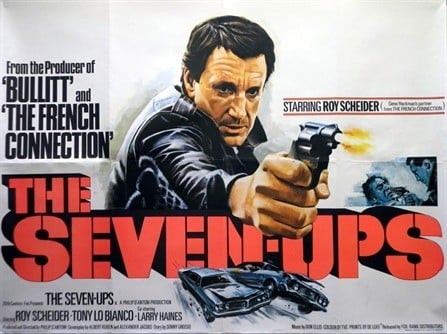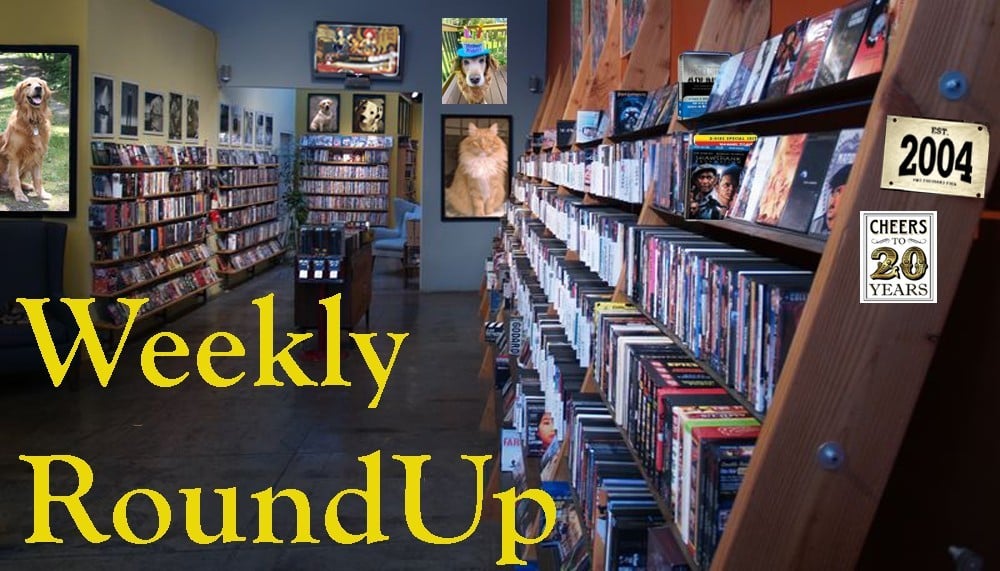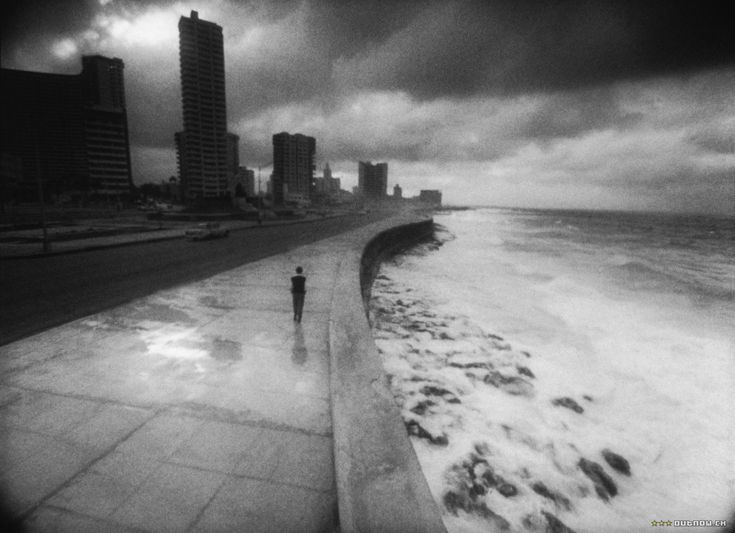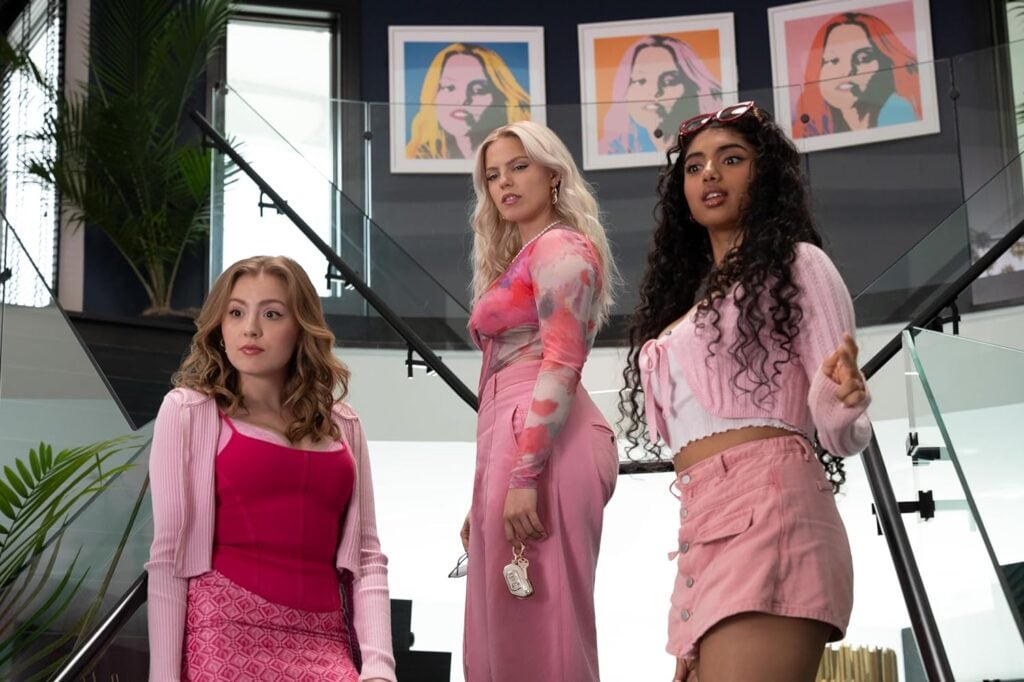In the 1973 production of The Seven-Ups, Roy Scheider stars as a police detective in charge of a special unit that seeks justice by any means necessary. Taking their name from the length of the prison sentences handed out to their suspects (they only pursue criminals whose crimes would justify a jail sentence of seven years or longer), they’re expected to produce results, and the powers-that-be care very little about how they achieve those results.
The Production: 3/5
The Seven-Ups was released in 1973 as an unofficial follow-up to The French Connection. Graduating from the role of producer into the director’s chair after working on both The French Connection and Bullitt, Philip D’Antoni helms this story, which like The French Connection, is inspired by the police work of real life detectives Sonny Grosso and Randy Jurgensen. This was to be D’Antoni’s first and only feature as a director, and while the film is competently made, it lacks that intangible spark that made those other two pictures standouts.
Roy Scheider, quite possibly the best thing about this film, stars as NYPD detective Buddy Manucci, head of the “Seven-Ups” unit. This is an undercover group that specializes in taking down criminals whose crimes will have earned them jail sentences lasting seven years or longer. The film opens with an amusing sequence where Scheider is investigating a money laundering ring, which leads him to an antiques shop that is serving as a front. Buddy and his crew effectively set a trap in a rather unconventional way, setting the tone for the type of policing that will be shown throughout the film. Buddy’s group is just as likely as the criminals they chase to break the law, in order to enforce it. Director D’Antoni and screenwriters Albert Ruben and Alexander Jacobs are always sure to clue the audience into the fact that the criminals Buddy is chasing are guilty, which makes it a lot easier to root for cops who care little for due process and civil rights.
The main plot concerns an unusual kidnapping ring that Buddy stumbles upon. With the help of an informant (Tony Lo Bianco, also returning from The French Connection) who he grew up with, Buddy tries to solve the puzzle. The kidnapping ring goes after people who can’t go to the police for help, high level mobsters and other white collar criminals. A sequence set in a car wash showing the abduction of one such victim is one of the film’s true highlights, an inventive set piece in a film that too often relies on cliche and caricature to make its point.
No writeup of The Seven-Ups could be complete without a mention of its famous car chase, which starts in upper Manhattan, tracks through the city, across the George Washington Bridge, before coming to a close in New Jersey. It’s absolutely electric filmmaking, made all the more exciting by the knowledge that it was staged in a time before computer graphics and digital editing made such things easier to fake.
There’s just enough going on in The Seven-Ups – Roy Scheider’s always dependable acting, the car wash sequence, the chase scene – to make it worth viewing, but not enough to make it a genuine classic of its genre. There’s very little characterization offered, rendering the players and their motivations unknowable. Scenes of intrigue are often less than intriguing. And because the script does not always lay out which character is trying to accomplish what, there are moments when the story can feel a bit disjointed before eventually coming back together. What’s left is a bunch of parts, some very exciting, some less so, that don’t cohere into a satisfying whole.
Video: 4.5/5
3D Rating: NA
The Seven-Ups is presented in its original theatrical aspect ratio of 1.85:1 via the AVC codec. This is another pristine transfer from the Fox vault, showing not a hint of damage or wear. The downside is that, while the video transfer itself appears to be a perfect representation of the original photography, that photography is often unimpressive. Like the film itself, it’s competent and more than enough to convey what’s going on, but doesn’t stand out. Colors often have a more muted tone, and shadow detail and blacks can be lacking. It’s clear that all of this is the design of the film itself rather than a fault of the transfer. It’s just that The Seven-Ups is not a pretty film.
Audio: 4.5/5
The monaural audio is presented in a lossless DTS-HD MA 2.0 track that’s incorrectly labeled as 1.0 on the packaging. For the most part, dialogue is well-recorded and the mix has a good general balance of dialogue, effects and music. However, there are some times where it appears that performance quality has been emphasized over technical fidelity, with dialogue occasionally getting a little lost in the mix. But the track is presented cleanly, and there are no issues with hiss or other age-related artifacts.
Optional English SDH subtitles are available on the disc.
Special Features: 4.5/5
Isolated Music Track Of The Don Ellis Film Score – Presented in DTS-HD MA 2.0 stereo. This is the score that appears in the finished film. It’s not a particularly memorable score, focusing more on underscoring the action than developing themes for characters, but is presented in excellent quality here.
Isolated Music Track Of The Unused Johnny Mandel Score – Presented in DTS-HD MA 2.0 stereo. Johnny Mandel was originally hired to provide the score to the film, but his efforts were rejected by the filmmakers, leading the commissioning of the Don Ellis score that was ultimately used. Mandel’s score is a bit more melodic, and has a more traditional “heroic cop movie” feel to it.
Audio Commentary With Film Historian Richard Harland Smith – Smith is an enthusiastic fan of The Seven-Ups, and comes prepared with a wealth of information about the production of the film, and trivia about nearly everyone involved. He’s a fast talker, and though he has a lot to say, it’s not always organized very well. It’s a lot of information that doesn’t always add up to a story. Smith does calm down somewhat after the car chase sequence, but it was difficult to retain all of the information that he had to offer. Fans of the film may need a second listen to pick up on everything being offered here.
Introduction By Director-Producer Philip D’Antoni (00:10, HD) – A ten second introduction by the director.
The Seven-Ups Connection (21:32, HD) – This is a single-camera interview with director D’Antoni (illustrated with stills and film clips) about the development of the film. D’Antoni discusses why he chose to direct The Seven-Ups rather than working more closely on the sequel to his previous project, The French Connection. He also discusses the cast and crew, his thoughts on why the film was not as big of a success as The French Connection, and early retirement.
A Tony Lo Bianco Type (18:07, HD) – This is an interview with actor Tony Lo Bianco, similar in style to the D’Antoni interview. He discusses his friendship with Roy Scheider and his experience working on the film.
Real To Reel (24:48, HD) – This is an interview with technical advisor Randy Jurgensen, a former New York City police detective who also provided inspiration to the filmmakers. He recounts his experiences on the beat in the 1970s, and how that led to his working as a consultant for both The French Connection and The Seven-Ups.
Cut To The Chase (13:51, HD) – This is a featurette about the famed car chase from the middle of the film, featuring interviews from D’Antoni and Jurgensen, film clips and some vintage behind the scenes footage. The two men discuss how difficult it is to shoot a car chase in New York City, and how most shots were done without the benefit of rehearsal for fear that if the police saw what the filmmakers wanted to do, the filming permits could have been revoked.
Anatomy Of A Chase: Behind The Scenes Of The Filming Of The Seven-Ups (08:18, SD) – This vintage featurette from 1973 uses behind-the-scenes footage to chronicle the filming of the famous chase scene.
Randy Jurgensen’s Scrapbook (02:58, HD) – A series of stills and call sheets from Jurgensen’s time on The Seven-Ups, with narration provided by Jurgensen.
Super 8 Version (16:19, HD) – A highly condensed version of the film, originally created for home viewing in the days before home video and premium cable. Though the visual quality is far inferior to the full length version of the film, it looks and sounds surprisingly decent for what it is.
Lobby Cards, Stills And Media Gallery (02:10, HD) – A series of lobby cards, production stills and posters created for the film’s theatrical release. It even includes a shot of the packaging for the Super 8 version!
Original Theatrical Trailer (02:18, SD) – The film’s original trailer is presented in widescreen.
Teaser (01:10, SD) – The film’s original teaser is presented in widescreen.
Six Page Booklet – Julie Kirgo contributes an essay on the film’s merits, and helps set the scene for the period it was made in. The booklet also includes production stills and a reproduction of the original theatrical poster.
Overall: 3/5
The Seven-Ups is a competently made film about an elite group of New York City police officers who will go to nearly any length to bring their suspects to justice. Though it was made by many of the veterans from the Academy Award winning The French Connection, the film is more competent than inspiring. Roy Scheider does his best to bring weight to a script that’s light on characterization, and the stunt team contributes an incredible car chase that’s easily the most memorable part of the film. The disc presents a quality transfer (touted as a new 4K restoration) and a generous array of bonus material. The bulk of the bonus features are carried over from the 2016 UK release by Signal One, to which Twilight Time has added as an exclusive the two isolated score tracks and booklet. Fans should be delighted by this release, though new viewers may come away underwhelmed by the film itself.
There are only 3,000 copies of this Blu-ray available. Those interested in purchasing it should go to either www.twilighttimemovies.com or www.screenarchives.com to see if product is still in stock. Information about the movie can also be found via Facebook at www.facebook.com/twilighttimemovies.
Post Disclaimer
Some of our content may contain marketing links, which means we will receive a commission for purchases made via those links. In our editorial content, these affiliate links appear automatically, and our editorial teams are not influenced by our affiliate partnerships. We work with several providers (currently Skimlinks and Amazon) to manage our affiliate relationships. You can find out more about their services by visiting their sites.






Similar threads